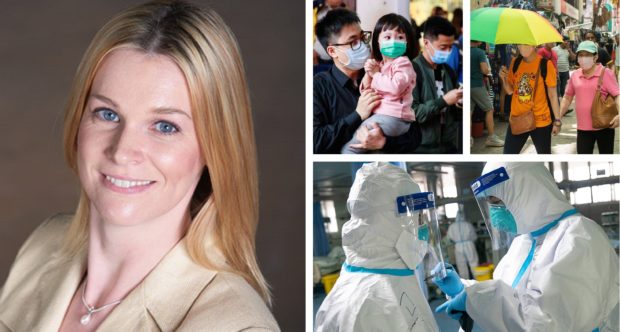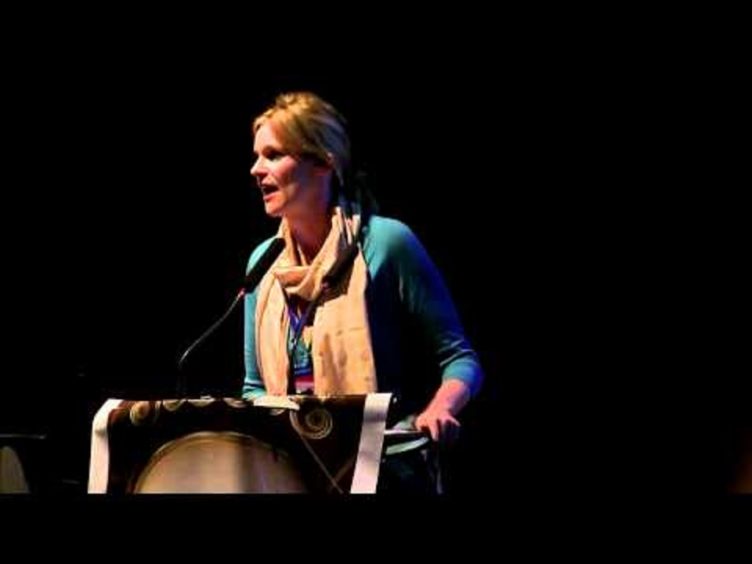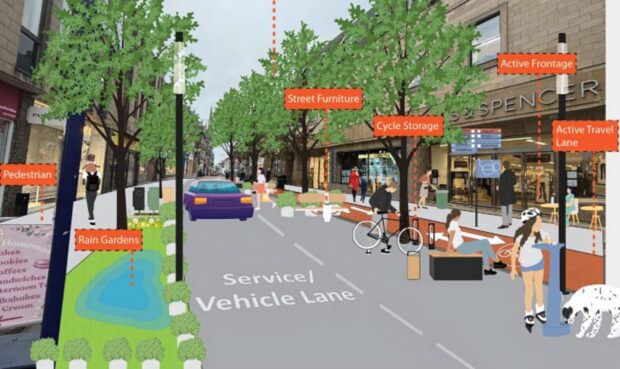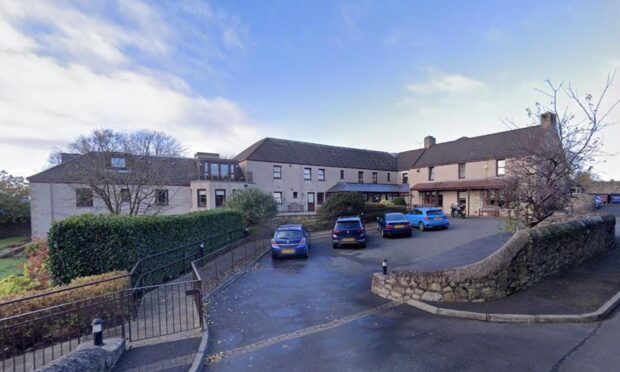A Fife woman is at the forefront of efforts to develop a vaccine for the coronavirus which has so far killed at least 56 people and infected more than 2,000 people globally.
Dr Kate Broderick, from Dunfermline, is senior vice president of research and development at Inovio Pharmaceuticals in the United States, which has just received a $9 million grant towards creating a vaccine to tackle the deadly strain which originated in China.
The 45-year-old former St Columba’s High pupil is spearheading a team which designed a vaccine after receiving the sequence of the virus from the Chinese authorities, and is now working on manufacturing it so it can be tested in animals before going to clinical trials.
The $9 million grant from the Coaltiion for Epidemic Preparedness Innovations (CEPI) will go towards the clinical development of the vaccine, and builds on the $56 million previously awarded to Inovio by CEPI to develop vaccines against Lassa fever and Middle East Respiratory Syndrome (MERS), which were also caused by a coronavirus.
“Those $9 million will allow us to push that research and development into the clinic and allow us to give help to those patients in the outbreak region,” said Dr Broderick.
“We’re working day and night to make this happen,” she said on Fox News.
Dr Broderick – who studied at the University of Glasgow before moving to San Diego 20 years ago – revealed how computer technology allowed Inovio to design a vaccine within just hours of reviewing the genetic sequencing earlier this month — far quicker than the traditional approach of growing proteins in eggs.
Such is the pace of development, Dr Broderick said Inovio’s hope was to have a vaccine ready for human testing by the summer.
“The first case was reported to the WHO on December 31 and it didn’t seem super worrying. It was like a new strain of pneumonia but nothing crazy,” the molecular genetics specialist told The Courier.
“We quickly found out it was serious and within a week, the Chinese government had sent us a sequence of the virus to allow us to design a vaccine, which will be ready for testing in a few months.
“We’ve taken the DNA sequence of the virus to design a DNA medicine which works much faster than the vaccines we get as children.
“We’re hoping to have it tested by early summer and rolled out to where it’s needed. It might need to be scaled up to millions of doses, though.
“I have done something similar before when I was involved in treating the Zika virus around three years ago. The vaccine for that was developed and tested in seven months, which was the quickest ever, but we want to be faster again this time.
“We have a lot of experience with infectious diseases such as Ebola and Zika, so we’re really confident. The major hurdle is going to be scaling it up.”











